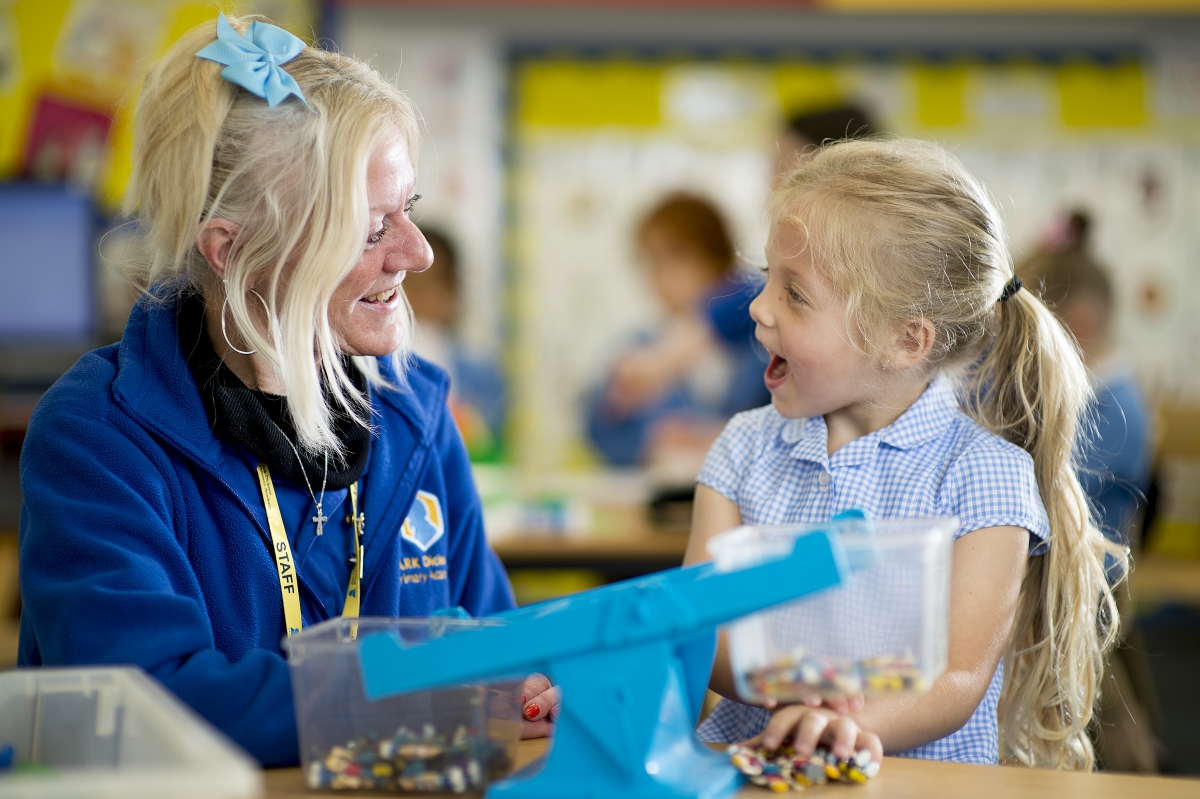 Tammie Prince is a primary headteacher and National Leader of Education (NLE). She has more than 25 years’ experience in education across the UK and USA. She enjoys sharing her knowledge and experience on using mindfulness in the classroom through training, her blog and her recently published book, 100 Ideas for Primary Teachers: Mindfulness in the Classroom.
Tammie Prince is a primary headteacher and National Leader of Education (NLE). She has more than 25 years’ experience in education across the UK and USA. She enjoys sharing her knowledge and experience on using mindfulness in the classroom through training, her blog and her recently published book, 100 Ideas for Primary Teachers: Mindfulness in the Classroom.
The idea behind my book, Mindfulness in the Classroom, was not born out of any desire to be a published writer. It grew out of my frustration about the lack of mental health support for children and staff in the UK and the US.
The UK government reports in the guidance paper, Mental Health and Behaviour in Schools, that "one in ten children and young people aged 5 to 16 has a clinically diagnosed mental health disorder and one in seven has less severe problems."
Mindfulness can be defined as the mental state achieved by focusing on the present moment whilst also accepting our feelings, thoughts and bodily sensations. By integrating mindfulness into the school day and taking into account the needs of the whole class we can arm our children with lifelong skills that support their current and future mental health and wellbeing.
I've outlined some simple strategies below, to help primary teachers implement mindfulness in their classrooms – all of which cost nothing to implement.
1. Breathe!
Deep breathing is nature's way of relaxing the brain and the body. You can 'trick' the brain with controlled deep breathing. Get your children to inhale for the count of five. Hold the breath for a second, and then slowly exhale for a count of eight. Repeat ten times, or until calm.
2. Mindful doodling
Children are usually told not to doodle. Explain to them that this doodling is special and will help them to remember what they've been taught during the day. It relaxes the mind, and allows the learning to make connections in the brain. It will also help if you play relaxing meditation music in the background.
3. Mindful gratitude
Throughout the day, get the children to stop, take three mindful breaths, and silently write down one thing they are thankful for, on a special 'Gratitude List'. By the end of the day, the list will be long and filled with happy thoughts. Send it home with the pupils to share with their families.
4. Worry Stones
This is a 'focus object' that can allow children to release their worries and connect with their inner mindfulness of calm and peace. Have a collection of smooth stones to hand. When the child starts to become anxious, have them rub the stone, while focusing on the feel of the stone, and taking deep belly breaths.
5. STOP!
This is a ten second mindfulness idea. When the class is getting frustrated, wriggly or overwhelmed, use the acronym STOP to resettle them.
S = Stop what you are doing
T = Take a deep breath
O = Observe what is happening around you
P = Proceed
And one more bonus tip...
Develop your own mindfulness! Children that have access to calm, mindful adults are more likely to be calm, mindful children. When they have good role models who are using mindfullness strategies day in, day out, they will follow your lead. Positivity begets positivity and mindfullness will become be part and parcel of life and embedded in your school's ethos.
Remember that stress is a part of life. It will not disappear. But we can control how we react to stress. We can learn to surf the waves rather than drown in its waters.
You can purchase Tammie's book here, or follow her for more ideas and inspiration on Twitter or Facebook.
If you'd like to get regular updates from Ark, our friends and our partners, including teaching tips and best practice, please sign up for our newsletter: arkonline.org/newsletter

